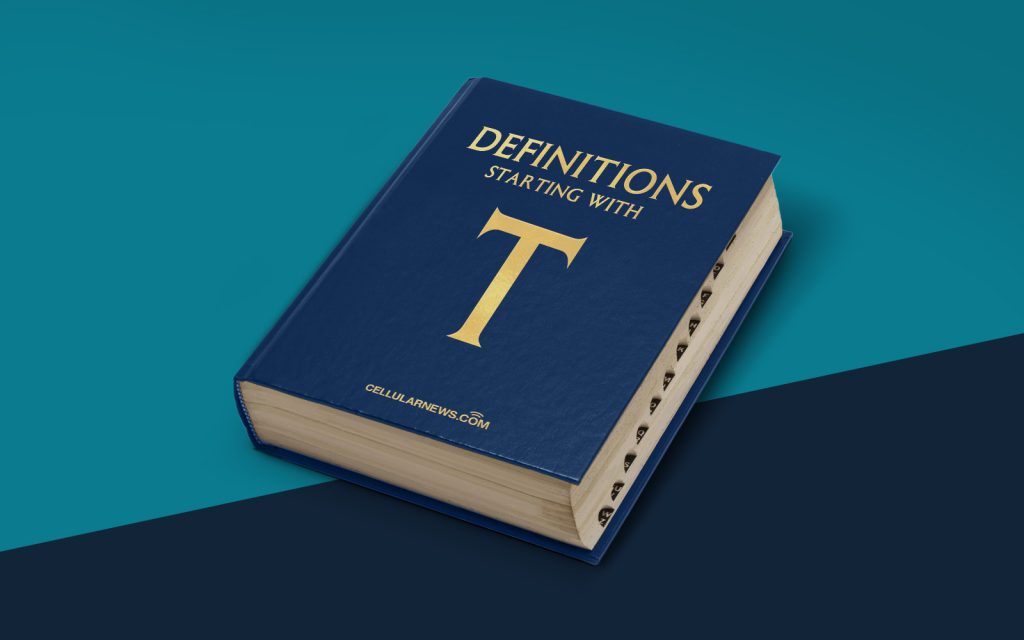
Understanding Truth Tables: A Comprehensive Guide
Welcome to our guide on truth tables, where we will break down this concept and help you understand its importance. Whether you’re a student learning about logic or someone who is curious about the foundations of analytical thinking, truth tables are a fundamental tool in understanding how logic works.
Key Takeaways:
- A truth table is a systematic representation of all the possible combinations of values for a given set of variables.
- Truth tables are commonly used in logic, mathematics, and computer science to analyze and evaluate the truth values of logical expressions and statements.
What is a Truth Table?
Imagine you have a logical statement, and you want to know if it’s true or false based on different combinations of values for its variables. A truth table is the answer to your question. It provides a systematic representation of all the possible combinations of values for a given set of variables, showing the truth value of the statement for each combination.
Truth tables are commonly used in logic, mathematics, and computer science to analyze and evaluate the truth values of logical expressions and statements. They allow us to examine the logic behind complex statements, helping to identify patterns and determine the validity of arguments.
Let’s take a look at an example:
Suppose we have two variables, A and B, and a logical operator, OR. We can construct a truth table to evaluate the truth value of the expression A OR B. The truth table would look like this:
| A | B | A OR B |
|---|---|---|
| true | true | true |
| true | false | true |
| false | true | true |
| false | false | false |
In this truth table, we list all the possible combinations of values for variables A and B and calculate the truth value of the expression A OR B for each combination. As you can see, the outcome depends on the values of the variables. The truth value is true only when at least one of the variables is true.
Truth tables can become more complex when dealing with multiple variables and different logical operators. However, their purpose remains the same: to provide a systematic representation of all possible combinations of values and evaluate the truth value of an expression or statement.
Key Benefits of Truth Tables
Now that we understand what a truth table is, let’s explore some of the key benefits it offers:
- Analyzing Logic: Truth tables are extremely helpful in understanding the logic behind complex statements. They allow us to see how the truth values change based on different combinations of variables.
- Evaluating Arguments: Truth tables enable us to evaluate the validity of arguments. By comparing the truth values in the truth table, we can determine whether an argument is valid or not.
By utilizing truth tables, we can gain a deeper understanding of logical relationships and improve our analytical thinking skills. They serve as an essential tool in various fields, such as mathematics, computer science, and philosophy.
So, the next time you encounter a logical statement or want to evaluate the truth value of an expression, turn to truth tables. They will provide you with a systematic and organized approach to logical analysis.
